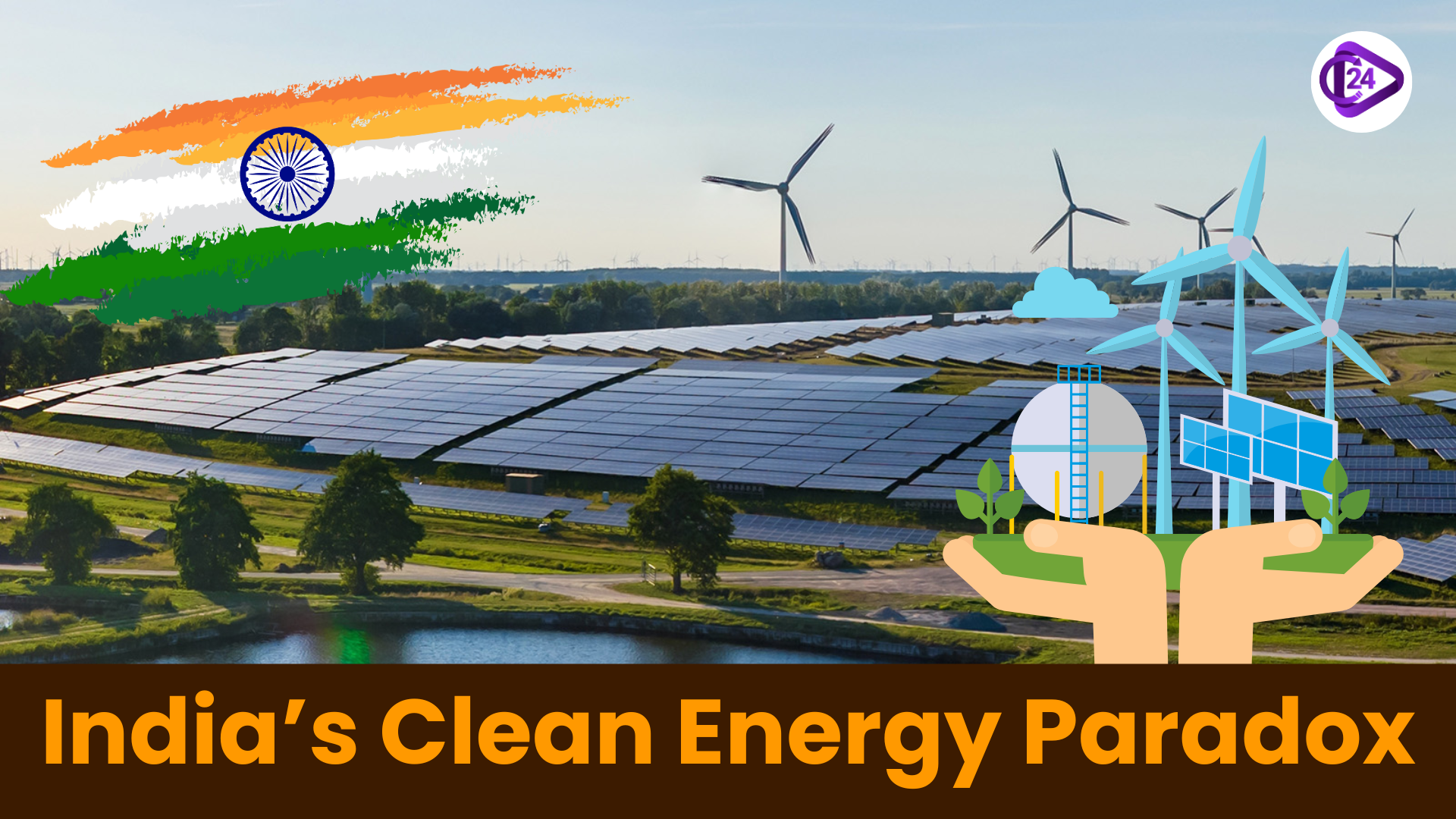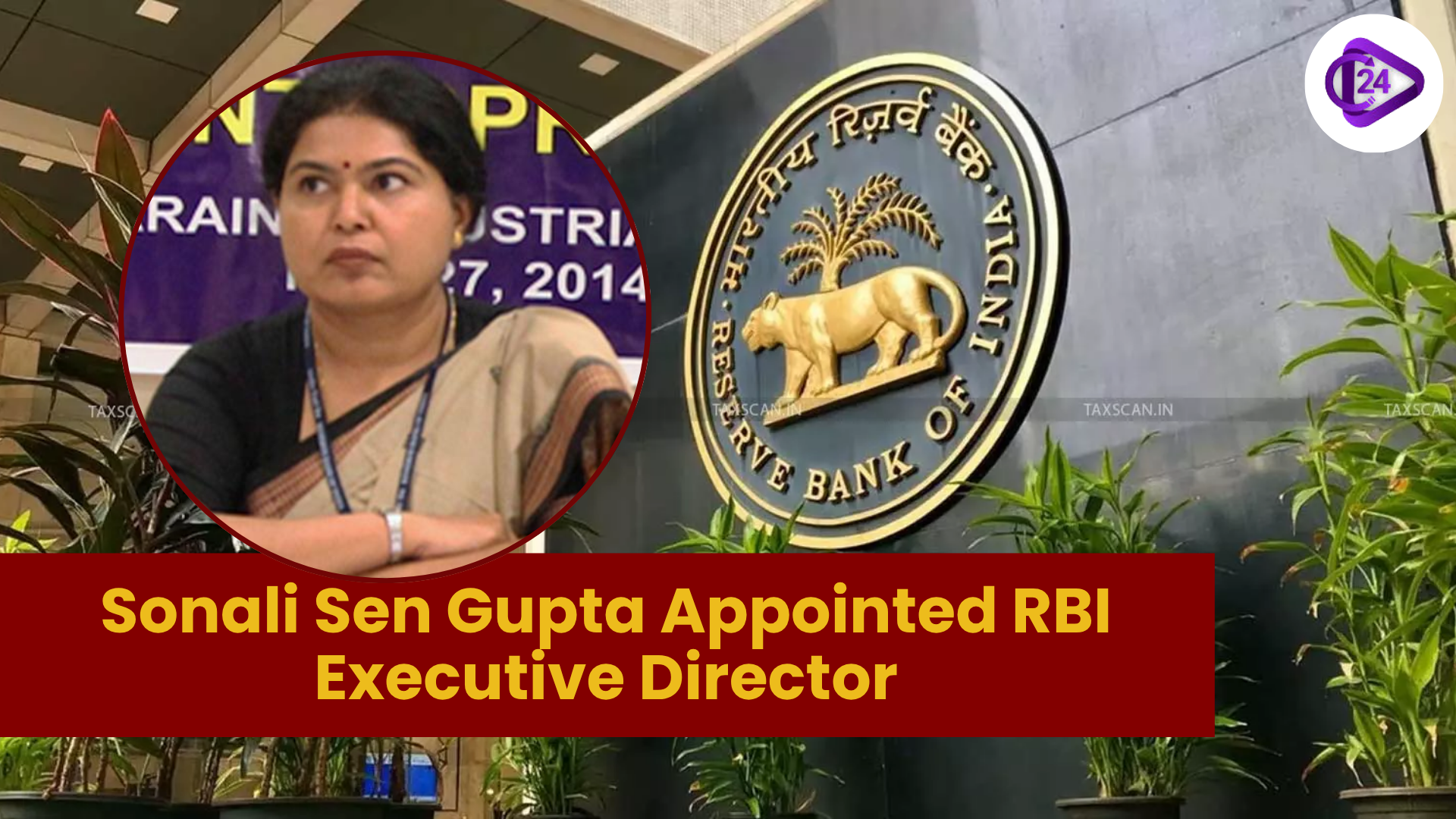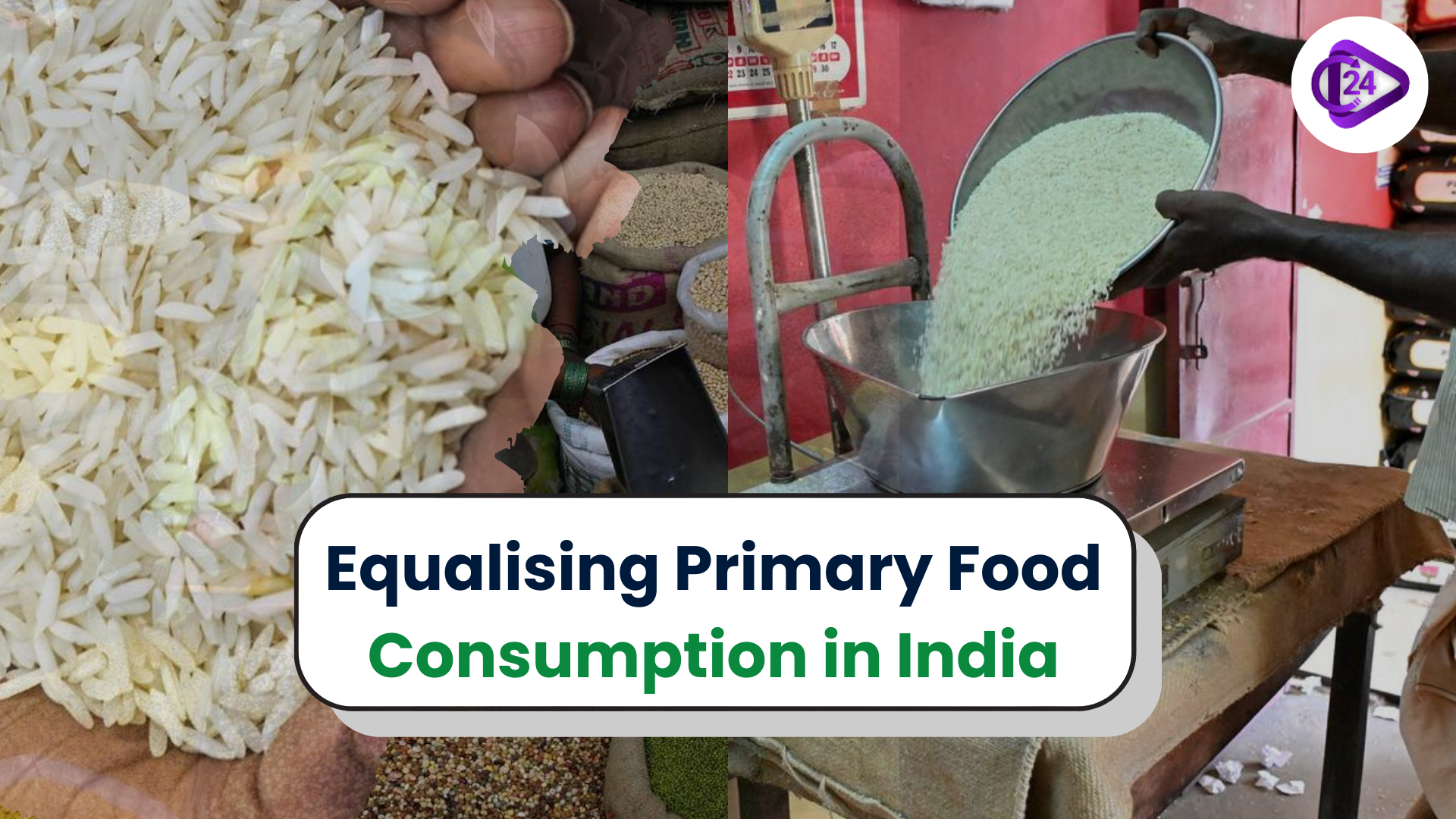
India has achieved 50% of its installed electricity capacity from non-fossil sources, five years ahead of the 2030 target. However, actual clean energy generation remains below 30% due to low Capacity Utilisation Factors (CUF) of solar and wind power. Coal still dominates with 75% of real electricity production, ensuring base-load and peak demand supply. Experts recommend smart grids, battery storage, and hybrid renewable projects to bridge the gap between installed capacity and actual clean energy supply.
-
India has already met 50 percent of its installed electricity capacity by non-fossil sources five years earlier than its 2030 target under the Paris Agreement NDC.
-
Nevertheless, real electricity generated by clean sources is within 30%, because of the low Capacity Utilisation Factors (CUF) of both solar and wind.
-
Solar and wind trail coal (60%) and nuclear (80%) in terms of energy production (~20 and ~25, 30 CUF, respectively).
-
Coal continues to reign supreme with 75 percent of real production, particularly base-load and peak demand in the evening.
-
Future solutions proposed by experts are smart grids, the flexible price point, and hybrid projects using batteries.
Key Concepts Explained
Installed Capacity vs. Actual Generation
|
Term |
Meaning |
|
Installed Capacity |
The total potential output of power plants if run at full capacity. |
|
Actual Supply / Generation |
Actual electricity delivered over time, accounting for CUF. |
Although clean energy makes up 50% of installed capacity, it contributes only 28% to actual electricity generation, due to intermittency and lower CUF.
Capacity Utilisation Factor (CUF)
|
Energy Source |
Typical CUF |
|
Solar |
~20% |
|
Wind |
~25–30% |
|
Coal |
~60% |
|
Nuclear |
~80% |
Why it matters: More CUF means more output from the same capacity. While solar and wind supply varies with weather and the time of day, so does the real supply.
Challenges in Clean Energy Adoption
-
Coal maintains the base-load power (steady power), particularly at night.
-
Shortages of storage always come in the form of evening demand spikes, in which thermal generation plants are still obligatory.
-
Flat power prices do not encourage the efficient use of solar in the daytime.
-
The use of renewables is constrained by grid inflexibility as well as poor battery storage.
Expert Recommendations
-
Differential Tariffs: such as telecom, where they provide lower rates of electricity during the day so people are encouraged to use solar.
-
Smart Grids: Demand-supply management in real time that is flexible.
-
Battery Storage: Necessary to store surplus solar to use in the evening.
-
Hybrid Projects: Satellite, solar, and wind, hydro, and storage, 24x7 clean energy.
Policy Implications
-
The dream of clean energy is coming true in India faster than ever before, but success now lies not necessarily in capacity, but also energy efficiency.
-
The new energy agenda has to be on delivering energy in real time rather than megawatt targets or giving focus on energy storage, and tariff innovation and demand-side management.
-
The next step of the Indian green transition will consist of hybrid renewable energy systems and change of electric utility rate structure.
Conclusion
Although India is reaching 50 percent non-fossil capacity is good, the effective clean energy consumption is quite low because of the systematic constraints such as little CUF and the absence of storage. India will find its way into clean energy transition through technology upgradation, pricing changes, and intelligent renewable and battery-based hybrid systems integration.



 ASSOCHAM New President Nirmal Minda to Drive Industrial Innovation and Sustainability in India
ASSOCHAM New President Nirmal Minda to Drive Industrial Innovation and Sustainability in India 8th Pay Commission 2025: Latest News, Salary Hike & DA Update
8th Pay Commission 2025: Latest News, Salary Hike & DA Update Sonali Sen Gupta Takes Charge as RBI Executive Director
Sonali Sen Gupta Takes Charge as RBI Executive Director Shram Shakti Niti 2025: India’s Future-Ready Labour Policy for Employment Growth
Shram Shakti Niti 2025: India’s Future-Ready Labour Policy for Employment Growth Secure UPI Transactions: RBI and NPCI Introduce Biometric Authentication
Secure UPI Transactions: RBI and NPCI Introduce Biometric Authentication Shirish Chandra Murmu Appointed as RBI Deputy Governor
Shirish Chandra Murmu Appointed as RBI Deputy Governor India and Australia Sign Mutual Recognition Arrangement (MRA) for Organic Products
India and Australia Sign Mutual Recognition Arrangement (MRA) for Organic Products Cabinet Approves Rs. 69,725 Crore Package for India’s Maritime Growth
Cabinet Approves Rs. 69,725 Crore Package for India’s Maritime Growth Satellite Internet in India 2025: Bridging the Digital Divide
Satellite Internet in India 2025: Bridging the Digital Divide Equalising Primary Food Consumption in India: PDS & Nutrition Gaps
Equalising Primary Food Consumption in India: PDS & Nutrition Gaps






